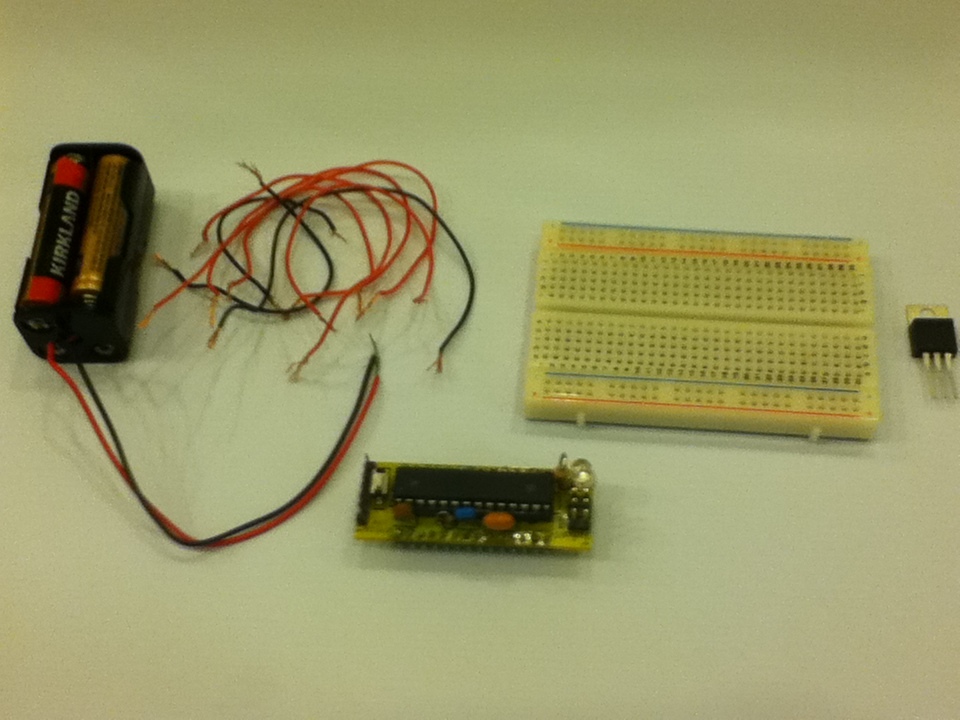Now to working with the computer. On Windows, open Program Files, open the Arduino folder, and go into /hardware/Arduino/boards. (For Mac, check Applications, and for Linux, check where you installed it). Now, add this to the bottom of the file (retype it, it doesn’t copy correctly).
atmega328pp.name=Arduino Clone with Parallel Programmer atmega328pp.upload.protocol=stk500 atmega328pp.upload.maximum_size=30720 atmega328pp.upload.speed=57600 atmega328pp.upload.using=parallel atmega328pp.bootloader.low_fuses=0xFF atmega328pp.bootloader.high_fuses=0xDA atmega328pp.bootloader.extended_fuses=0x05 atmega328pp.bootloader.path=atmega atmega328pp.bootloader.file=ATmegaBOOT_168_atmega328pp.hex atmega328pp.bootloader.unlock_bits=0x3F atmega328pp.bootloader.lock_bits=0x0F atmega328pp.build.mcu=atmega328p atmega328pp.build.f_cpu=16000000L atmega328pp.build.core=arduino


